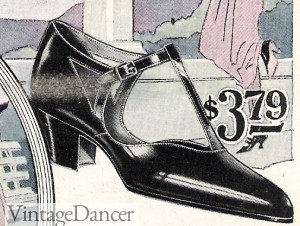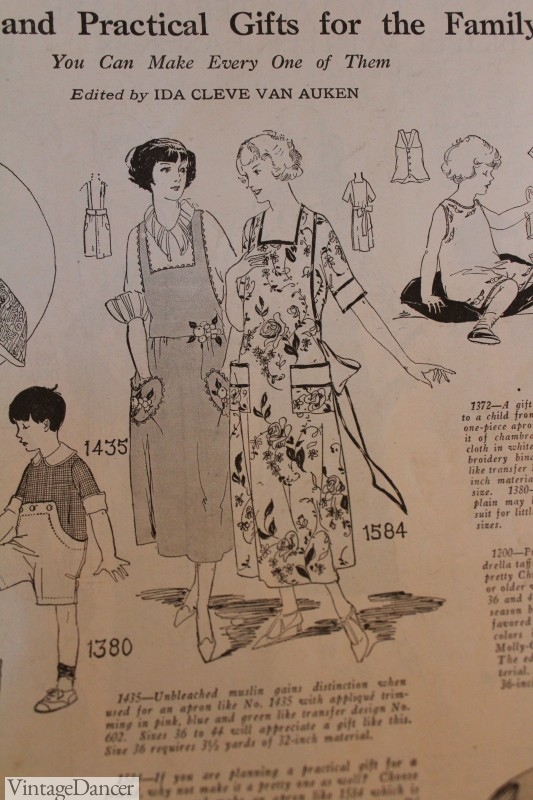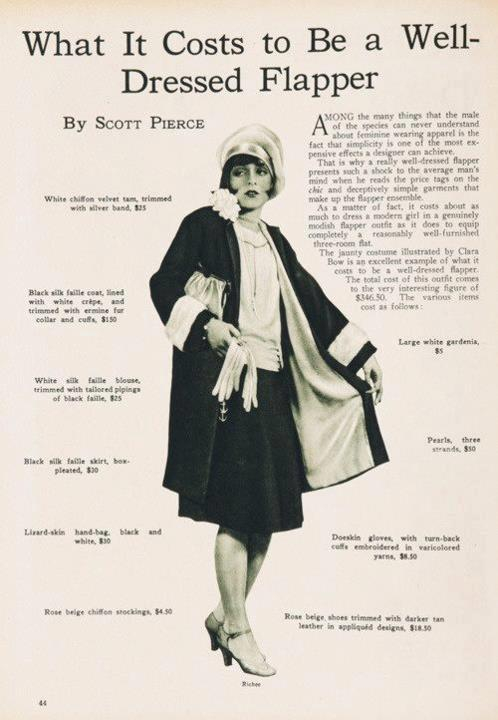Between in the 1900s and 1920s, women’s dress went from seventeen layers down to four, and nineteen yards of fabric down to seven. You would think that the drastic reduction in material made clothing more affordable – and they did, except for one thing.
Instead of three or four complete outfits for the typical middle class 1900s woman, 1920s young ladies were expected to wear a new outfit every day with new clothes for new seasons, and only the best most current fashions could be seen.
There was also the pressure to buy ready-made clothing rather than make your own at home. In the end, there were very little savings. The age of consumerism had begun.
How much did clothes cost in the 1920s? The typical person spent 13-15% of their income on clothing, or less if you were very poor. The very poor typically wore hand me down charity clothing, the working rural classes made their own clothes, middle classes made or purchased ready-made clothing, and the upper classes custom ordered clothing from Paris or New York.
“For all the glitter and fascination the class difference were still huge. Poor were very poor and wealthy very wealthy.” – Only Yesterday
Mail order patterns for clothing were common purchases for home sewers
Men’s clothing cost more but needed to be replaced less often (unless you were in manual labor) so in a typical family, the father spent 1/3 of the clothing budget, a mother 1/5 and each child 1/6. Often, mothers would give up their allowance in order for their daughters to have more, fashionable clothing. When a girl went off to college or entered the workforce, she rarely had the time to make her own clothing. The city girl became a new consumer of ready to wear.
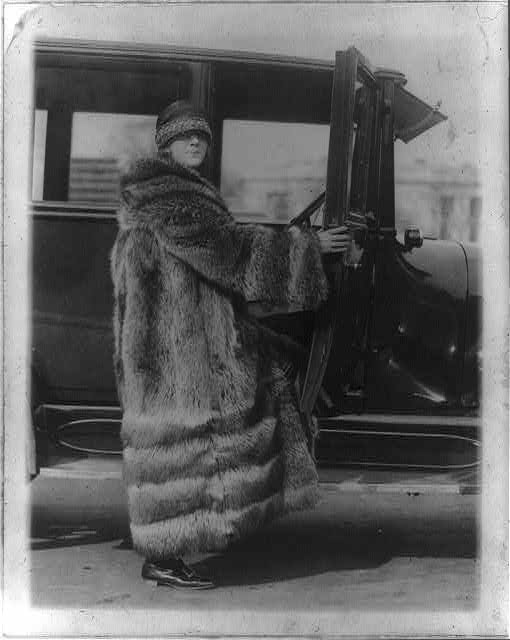
Racoon Coat
College kids were the largest consumer of new clothing. Ivy league schools started new fashion trends in America and across the pond, and anyone who was anyone had to be trendy while at school. One expensive trend was for Raccoon coats, which started with boys but were quickly adopted by college girls. The cost of a raccoon coat was well over $2000 in today’s currency. Wealthy parents usually footed the bill.
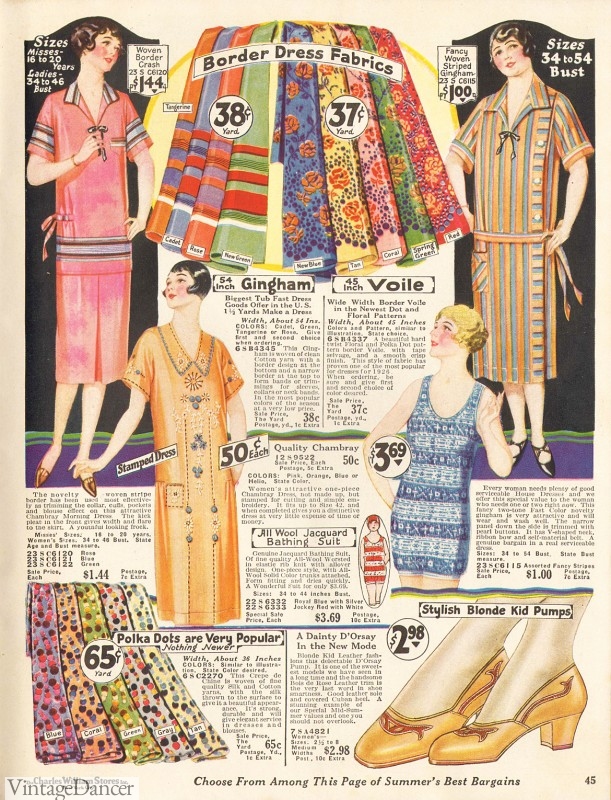
1926 Charles Williams Summer Catalog. Dresses were $1 to $1.44. Shoes were $2.98 and fabric around 50 cents a yard.
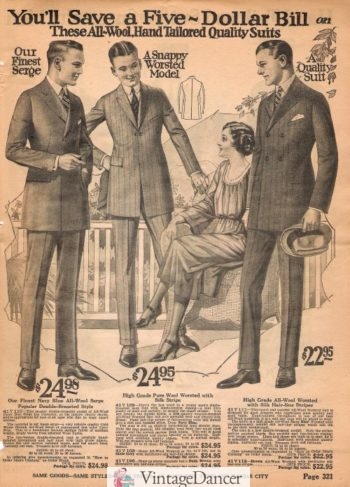
1922 Nationals Catalog men’s suits were around $25 for a 3 piece suit with extra trousers. Quality was questionable. Most men shopped from local tailors and gladly paid twice as much.
Boutique clothing stores sprung up, department stores carried their own brands, and the biggest ones supplied catalogs to rural communities. (Although 30 years later, my mother remembers 1950s that her mother, who hated to shop, would often purchase clothing from the Montgomery Wards catalog. I imagine her mother did the same in the ’20s?)
The ready to wear industry was big business. Clothing was more expensive than homemade but still quite affordable. Mail order fabric for the home sewer was also sold in big name catalogs.
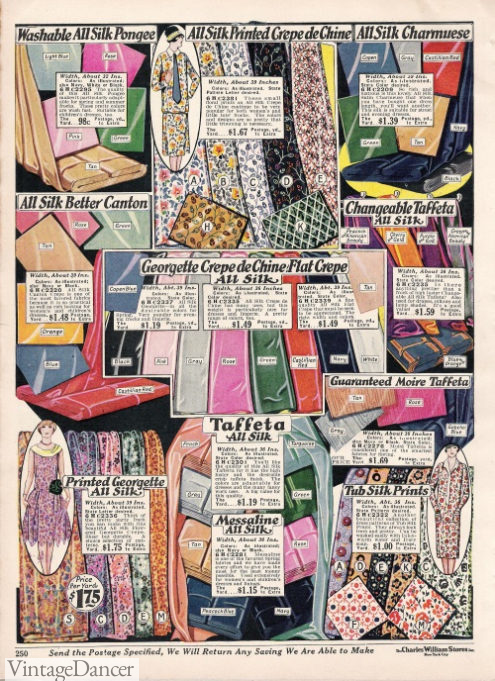
1927 silk dress fabrics range from $1 to $1.75 per yard
Catalogs sold clothing to the entire family, but men were hard to sell to. Although catalogs offered suits and some hats, most men still went to a local tailor and haberdashery for their clothing and hats.
Catalogs sold mostly basic men’s undergarments, work clothing, and work boots. Gradually, the men’s section improved. By the end of the ’20s, catalogs sold a full range of men’s clothing, but still lacked a wide selection of hats. Quality was also questionable, but for folks who lived away from local shops, it was the best option.
Clothing prices in 1927:
- Fur Coat – $120-200 = $2600
- Afternoon/Party dress – $7-12 =$156
- Simple everyday dress – $5-10 = $$130
- House Frock – $1-3 = $39
- Cloche Hat – $1-4 = $52
- Leather purse – $2-5 = $65
- Slip – .60c to $2 = $26
- Pajamas – .50c to $2 = 26
- Knit Sweater – $1.50 -$3 = $39
- 1 Yard of cotton fabric – 15 cents = $1.95
- 1 Yard of rayon fabric – 22 cents = $2.86
- 1 Yard of silk fabric – $1 = $13
- Pair of hose – 4 for $1 = $13
- Pair of T-strap shoes – $2-4 = $52
- Men’s coat – $9-29 =$377
- Men’s 3 Piece Suit – $10-22 = $286
- Men’s Felt Hat – $2-6 = $78
- Dress shirt – $1-2 = $26, detachable collar- .30-.80c = $10.40
- Necktie – 48c-$1.70 = $22
- Boots – $2-4 = $52
To figure out the value in today’s USA currency, multiply it by 13 (according to this inflation data estimate). So a typical $5 dress is about $66 today. Not too different from today’s spending, is it? The only cheap items were fabric by the yard. A homemade $66 dress would cost only about $10. Today, it is cheaper to buy a ready-made dress than to sew one from home (with the same quality fabrics). Fabric was more plentiful than it is today, making it the most affordable option in the twenties.
Now if you were a really fancy city flapper who was expected to dress in the latest couture clothing, your pricing would be much higher:
$150 coat, $25 blouse, $30 skirt, $20 handbag, $4.50 stockings, $5 flower clip, $10 pearl necklace, $8.50 gloves, $18.50 shoes for a total of $356.50 or about $4,628 in today’s money. Wow!
Regardless of costs, one thing the changes in fashion did to all income levels was to even the playing field. In the 1900s, women wore their wealth in the form of elaborate gowns, fine materials, expensive big jewelry, and the most perfect cut furs. By the 1920s, the clothing of the wealthy and the clothing of the poor were so similar in design that only a close study of the garments could reveal their value. Fake jewelry looked real, Rayon looked like silk, and popular ribbon trims were cheap and plentiful to buy or re-purpose from old garments.
“Fashion equality didn’t blur the line between qualities of clothing, it blurred the line between qualities of people (classes). One couldn’t tell the difference just from looking at someone. Unless of course they had no fashion taste and were merely imitating what they thought the wealthy wore. Immigrants for example often wore brighter, clashing colors, in cheap flimsy materials, poor shoes and flippant hats- basically the extreme of a wealthy person.” – Only Yesterday
A level playing field in the fashion world was just one more step towards forming a large, steady, middle class. For fashion designers, that also meant having to pay attention to the everyday people. CoCo Chanel excelled at listening to the working woman by offering to clothe practical in style, color, and material that every woman could look expensive in yet still work or play in just as easily.
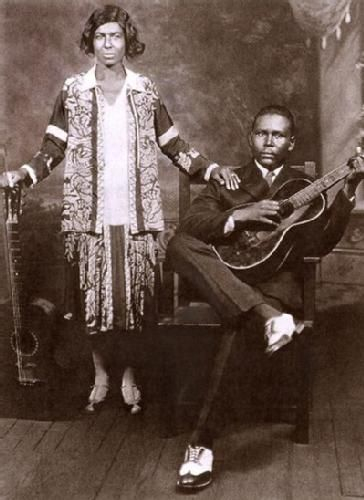
Memphis Minnie McCoy-Lawler was one of the most influential female blues musicians and guitarists in the 1920s
Entertainers, especially women and men of color, dressed especially snazzy. The most talented accumulated quite a bit of wealth so that they could afford the highest quality items. Earl Hines, Chicago jazz musician, was an elegant dresser with a tuxedo, chesterfield coat, bowler hat, and walking stick.
He “practically lived at the barbershop, getting manicures and massages, as well as getting my hair fixed.” Musicians learned quickly that if they wanted to get hired they had to dress the part. The “guys that dressed to kill always got good jobs.”
Willie “the Lion” Smith recounted in his autobiography Music on My Mind, that his blue melton coat with a full box like back and plaid lining cost $150 (about $2K in today’s currency).
He owned at least 25 suits so that he never wore the same suit more than a few times. Diamonds were added to tie pins, rings, and even teeth. Show business was all flash and style. If a musician lost his popularity, he could easily sell his clothing to second-hand shops for about 2/3 the original cost.
The Cost of Fashion in Film
If you are fascinated by the fall of couture and the rise of ready to wear in the 1920s, I highly recommend you watch the BBC series The House of Elliot. It is about two sisters who dream big and establish a couture fashion house in London, and eventually a ready to wear line as well. It has several seasons of typical drama, love, and amazing period clothing that is expected with a BBC production.
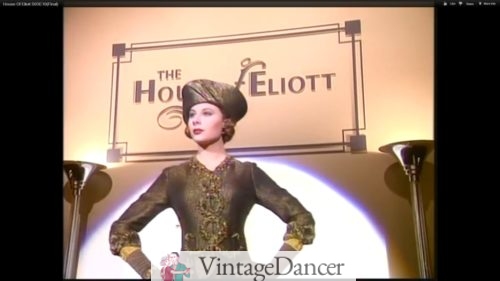
You can watch parts of the House of Elliot on YouTube. My library had a copy, so check yours. Amazon also has it for sale. Whatever it takes, you MUST watch this series.
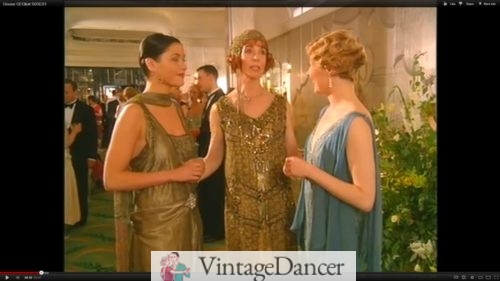
Beautiful hand beaded evening dress from the mid ’20s
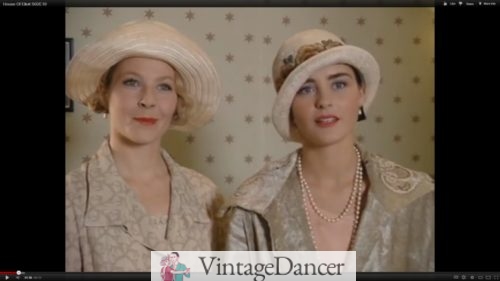
Oh how I wish I could have a collection of 1920s hats like these
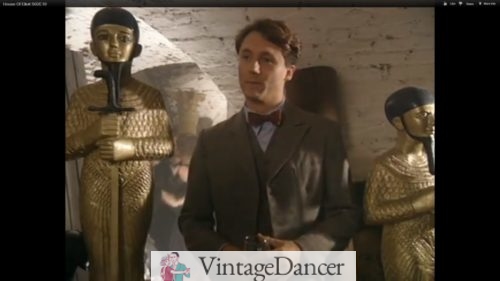
Excellent examples of Men’s 20’s clothing are plentiful in the House of Elliot
Continue to reading about the typical wardrobe and its costs in the 1920s and other decades.
Debbie Sessions has been teaching fashion history and helping people dress for vintage themed events since 2009. She has turned a hobby into VintageDancer.com with hundreds of well researched articles and hand picked links to vintage inspired clothing online. She aims to make dressing accurately (or not) an affordable option for all. Oh, and she dances too.
